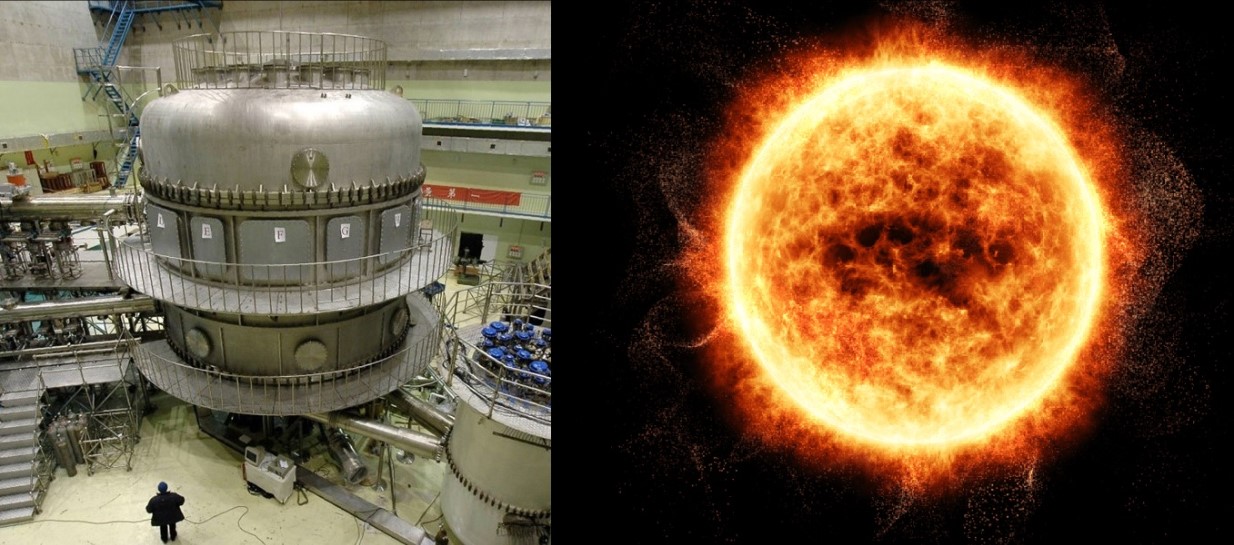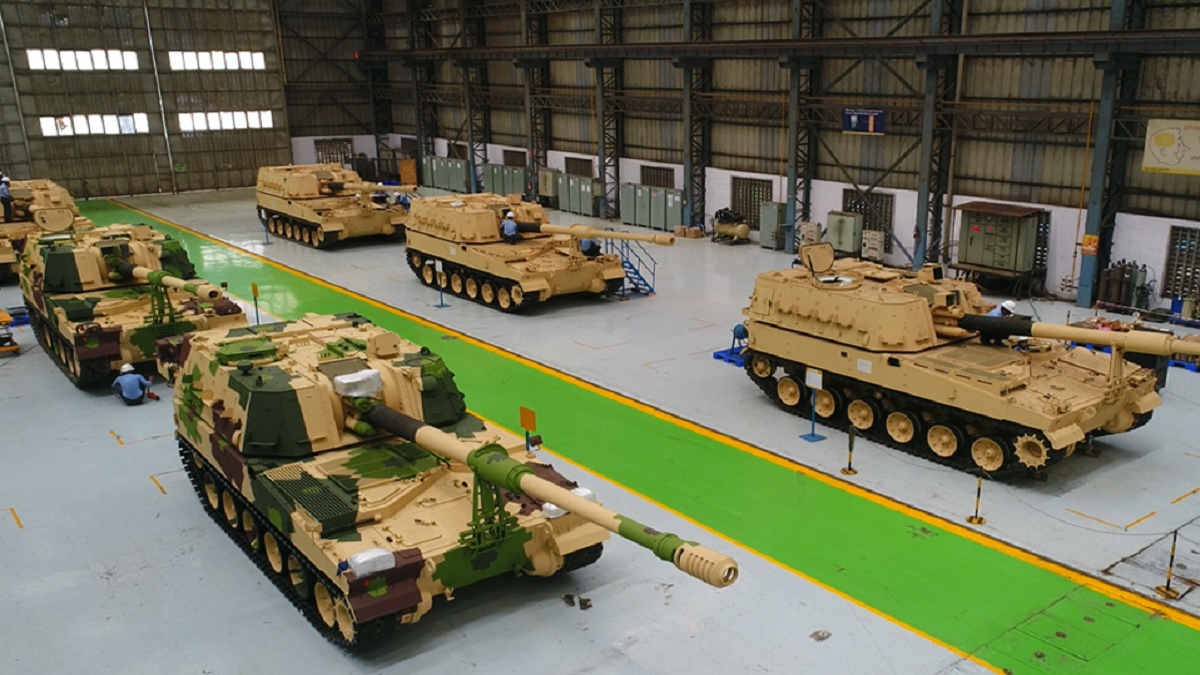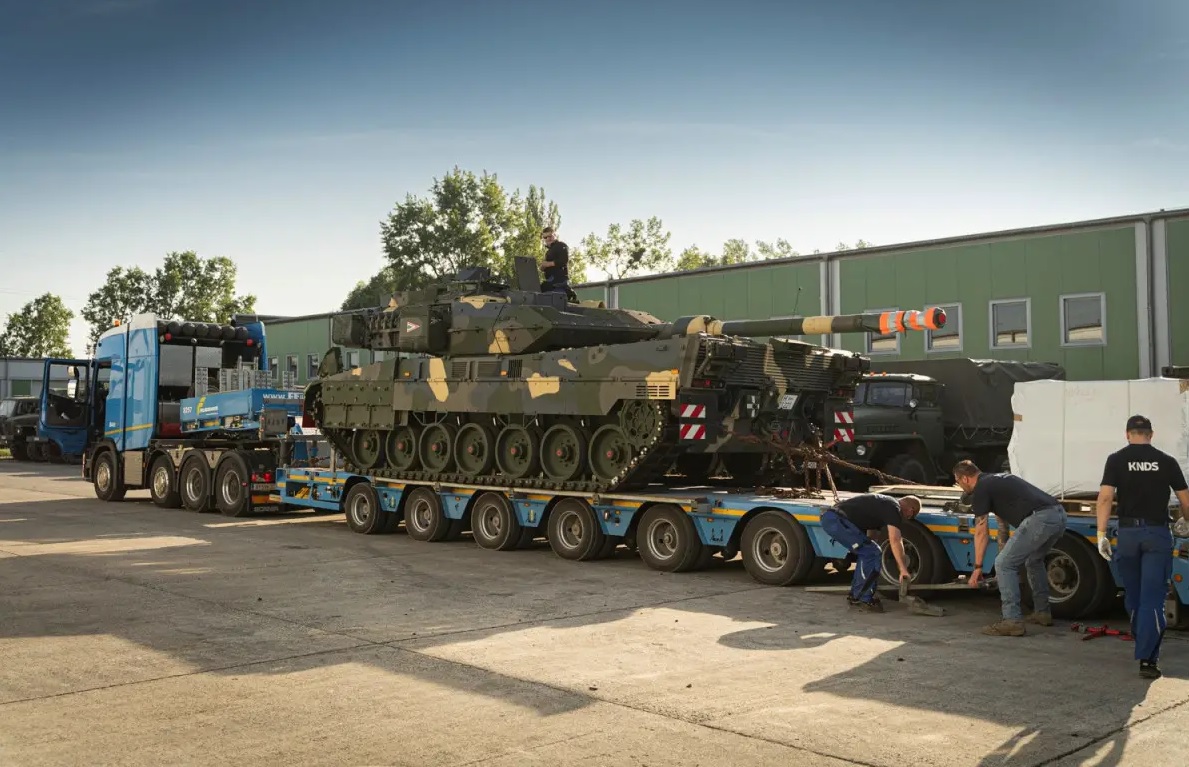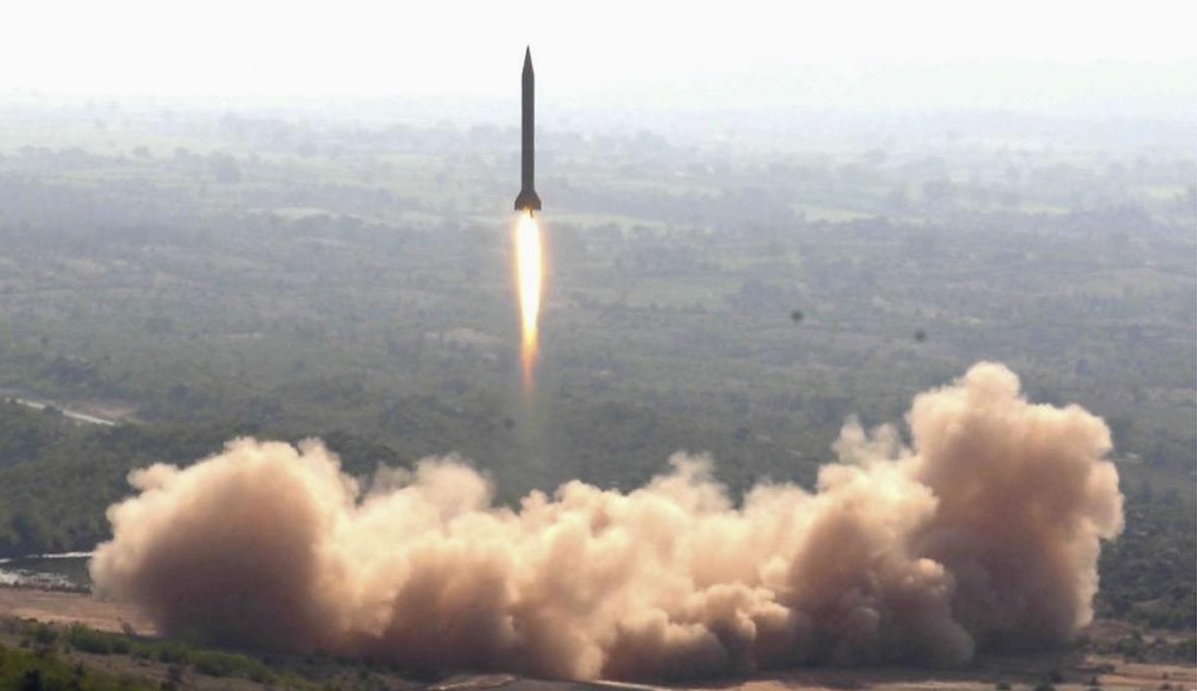China's Quest for an Artificial Sun: Powering the Future with Fusion

Science News
China
China's pursuit of an "artificial sun" isn't about recreating a miniature star in the literal sense. Instead, it's an ambitious program focused on achieving nuclear fusion, the process that powers the sun and other stars. Nuclear fusion involves fusing atomic nuclei, releasing enormous amounts of energy – a clean and potentially limitless source of power.
China's efforts in this field are nothing short of impressive. Here's a closer look at their progress and what it signifies:
The Tokomak and EAST: Milestones Achieved
China's primary tool for achieving fusion is the tokamak, a donut-shaped device that uses powerful magnetic fields to confine and heat extremely hot plasma (ionized gas). Their most prominent tokamak is the Experimental Advanced Superconducting Tokamak (EAST).

EAST has achieved significant milestones. In 2020, it became the world's first tokamak to maintain a plasma temperature of 150 million degrees Celsius, ten times hotter than the sun's core. More recently, in August 2023, EAST achieved a record-breaking steady-state high-confinement plasma operation for over 400 seconds, a crucial step towards replicating the sustained energy production needed for a power plant.
HL-3 and Beyond: The Road to Commercial Fusion
China's advancements extend beyond EAST. Their next-generation tokamak, the HL-3 (officially known as the Heavy Ion Experimental Tokamak), boasts even larger dimensions and aims to reach even higher plasma temperatures. It's a testament to China's commitment to pushing the boundaries of fusion research.
The Fusion Race: Global Collaboration and Competition
China isn't alone in this endeavor. The International Thermonuclear Experimental Reactor (ITER) project in France is a global collaboration aimed at demonstrating the scientific and technological feasibility of fusion power. China is a major contributor to ITER, highlighting the international nature of this complex scientific pursuit.
However, there's also a competitive aspect. Achieving commercial fusion power first would be a significant technological and economic coup. China has set ambitious goals, aiming for a first industrial prototype fusion reactor by 2035 and large-scale commercial production by 2050.
Challenges and the Road Ahead
Despite the progress, significant challenges remain. Maintaining stable plasma confinement at high temperatures and for extended durations is a complex task. Additionally, developing materials that can withstand the harsh conditions within a fusion reactor is another hurdle.
China's "artificial sun" program is a significant undertaking with the potential to revolutionize global energy production. While there's a long road ahead, China's continued investment and their recent breakthroughs position them as a major player in the race to achieve clean and sustainable fusion energy.


